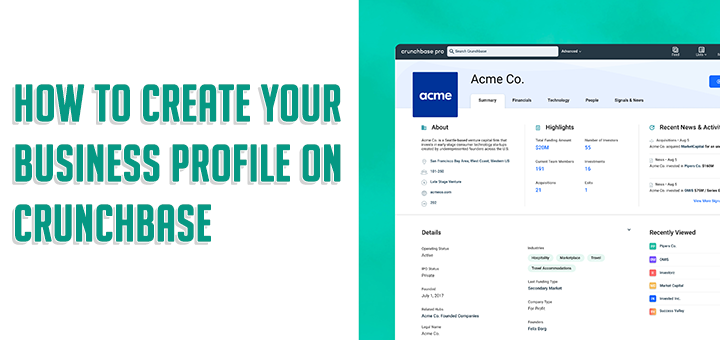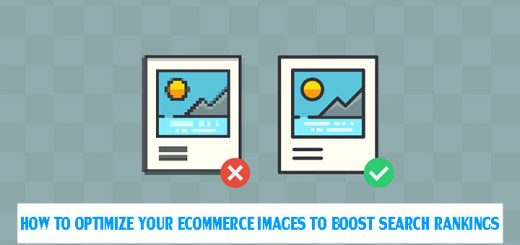Things you should do to make a good Shopify website
A successful website is made up of a variety of elements, from design features such as colors and fonts to functional aspects such as your navigation, device compatibility and load times. Here are the tips for creating a visually appealing, user-friendly website that won’t leave your visitors disappointed.
Functionality & Usability
Communication:
Your visitors want to find information fast. This is why it’s so important to give your visitors information simply and clearly, making your information both easy to read and easy to digest.
Quick Loading Time:
Everybody dislikes a slow website. This makes it important for you to make sure your website is loading within a matter of seconds, keeping customers happy rather than waiting.
Mobile Friendly:
Millions of people are using mobile devices to browse the web, so it’s become a necessity for all websites to be mobile and tablet friendly. If you only have a desktop site, you will be leaving out a large proportion of potential customers who are using mobile devices, as well as potentially getting penalised by Google, who have been putting mobile first for a number of years.
Navigation:
Your navigation is basically how your visitors get around your website and is a huge factor in building an effective website. The easier and clearer the navigation, the better.
Appearance
Colours:
When establishing a color scheme, it’s important that you coordinate your website with your logo. I suggest using a maximum of 3 colors that will both be seen within the logo and website. This will make it easy on the eye, fit the mood and tone of your business and fit in with your whole branding and brand identity.
Fonts:
Visitors want to be able to read your content with ease, which is why you need to consider which fonts and font sizes will work effectively for your site.
Images:
By including high quality, professional images and stock photography, you can really improve the look of your website. This will create a more professional and high-quality sense to your website, helping you communicate with your visitors more effectively.
Simplicity:
One of the biggest trends throughout multiple industries including web design is the minimalist approach to design that offers valuable content, great images, a practical layout all on a simplistic layout. An example would be the likes of Apple.
Now, if you are wondering what pages to include on your website, here is a list of important information that should be included on your site:
1. Homepage:
This is where you should deliver a brief overview of what your visitors can find on your site.
2. Contact us:
Place contact details in clear areas and make it easy for your customers to contact you. Reachability improves visitors trust in your website.
3. FAQ (frequently asked questions):
Save yourself time and effort. Instead of having to answer the same questions repeatedly, place them on your website and keep adding to them. The more information you have on your website, the less time you will spend answering questions by email or phone.
4. About us:
This is an important page as it tells your customer about who you are and why they should buy your products, services and/or trust your organisation.
5. Return/Refund Policy:
To make your customers feel more comfortable when making a transaction on your website, you should provide them with your return/refund policy.
6. Privacy policy:
Concerns about how their information is going to be used is a major barrier when making a sale. The internet shopping experience is built on trust.
7. Email subscription input:
This is crucial if you want to build a mailing list. Most people don’t like giving out too much information, so only ask the basics, like Name and Email Address. Then keep in touch with your customers on a regular basis by sending out information that may be of interest to them.
8. Search bar:
Some visitors may not know what they want so you should include a search function on your site to allow them to look for items easily.
9. Social media links:
Include a minimum of 3 social media links to allow customers to get to know your brand on a deeper level.
10. Shipping policy:
Deliver clear information that informs customers of how your shipping will work and what they can expect.
11. Terms and conditions:
Clearly express the rules for using your page. These pages can limit your liability should a customer take you to court.
And lastly, here are some quick fire tips to get your website to an improved state:
- Incorporate a call-to-action before a fold to stop a customer having to scroll down and around on the website.
- Using photos to illustrate the basic look of your product is one thing but including lifestyle versions will help the customer visualise how the product will fit into reality.
- If you are using Shopify, remove the tag “Powered by Shopify”. This stops customers prejudging your item.
- Place page listings on clean clear headers, rather than over images.
- Keep your home strip to a reasonable size, you don’t want customers having to scroll down too far just to find what they need.
- Keep the products you are choosing to list within a niche. An overloaded variety of items can be discouraging to customers.
- Remove trust badges. The ability to falsely import these badges has made it hard for customers to trust.
- Make sure spelling is and punctuality is to its best.
Source: Quora








